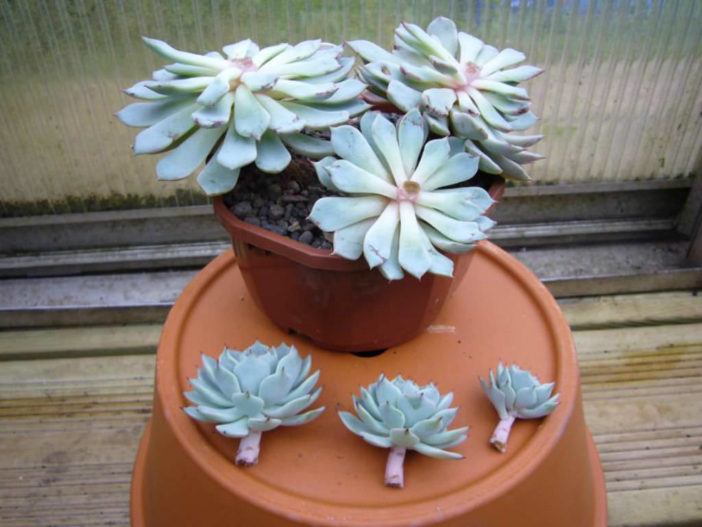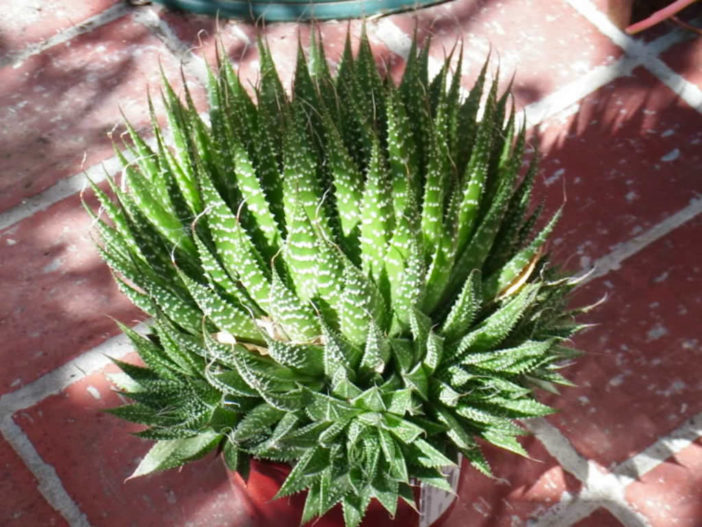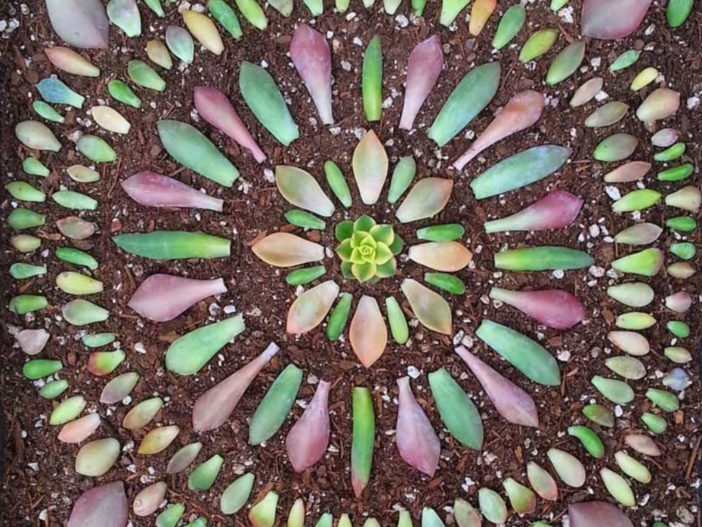Gardening can be expensive when you start buying lots of plants and pots. What if you could double, triple, or even quadruple the current number of plants without spending a dime? If you have a little time on your hands and a lot of patience, you can do just that. Let's dig into the propagation of cacti and succulents!
Instructions
1. Propagation is a process of creating new plants from various sources, including seeds, offsets, stem cuttings, or leaves. Cacti and succulents are very easy to propagate. You can take offsets, a stem cutting, or even root new plants from just one leaf!
2. Succulents that form rosettes are a great example of plants that can easily benefit from beheading. If you ever notice your plant with a gangly, long stem and a beautiful rosette on top, it could benefit from beheading, especially if it seems slow-growing or not producing as many leaves. First, use a sharp, sterilized knife to cut the top part of the rosette off, leaving some of the stems on it. Let the cutting sit for a few days until it forms a callous on the bottom of the stem. This step is very important, or you risk rotting stems or leaves.

3. Once the cutting forms a callus, you can pot it in a container to develop new roots and become a new plant. The remaining part of the stem can also form tiny plantlets at the top or down the stem, and you can eventually cut these off and form new plants in the same way.
4. Propagating from offsets is probably the easiest. Have you ever noticed when some succulents produce a small offset that looks like the mother plant? You can cut it from the mother plant or carefully twist it off. The offsets can generally be potted right away.

5. Being able to propagate from just a tiny leaf might be surprising to the newbie gardener, but yes, you can! Take a leaf and twist or cut it from the stem to try your hand at this form of propagation. It is very important to get the entire base of the leaf stalk. Next, you can place the leaves on top of a soil layer, where they will form a callus. This is where a shallow tray or saucer comes in handy, giving you room to do many at once. It is always smart to do a bunch, as you may only succeed in rooting half of them.

6. You should notice them calloused over and producing roots in weeks to a few months. If the roots grow towards the air instead of the soil, you might just want to turn the roots to help them find the soil or plant them in their own pot. You can also try placing some leaves with the base of the stem inserted shallowly into the soil. Place the trays in bright but indirect light so the leaves do not scorch.
7. Your new small plant cuttings must be treated more gently than typical hardy cacti and succulents. They will not tolerate bright, direct sun. When it comes to watering, you want first to wait until they have calloused and formed roots in some cases. Mist lightly in the beginning until roots appear, and then you can begin watering them more frequently. Generally, they will need to be babied and watered a little more often at the beginning, but the soil should still dry between waterings. Depending on your home, there can be some trial and error. A drier house because of air conditioning or radiators will mean you need to water your cuttings more frequently than if they are in an area with high humidity.
Source: apartmenttherapy.com
Links
- Succupedia: Browse succulents by Scientific Name, Common Name, Genus, Family, USDA Hardiness Zone, Origin, or cacti by Genus
